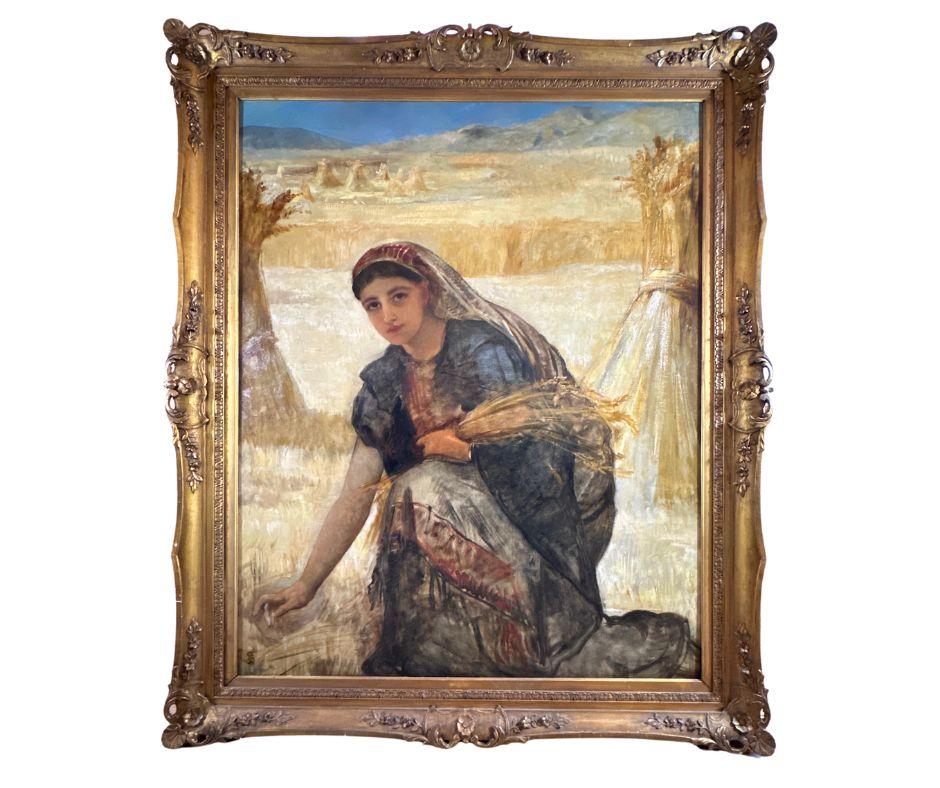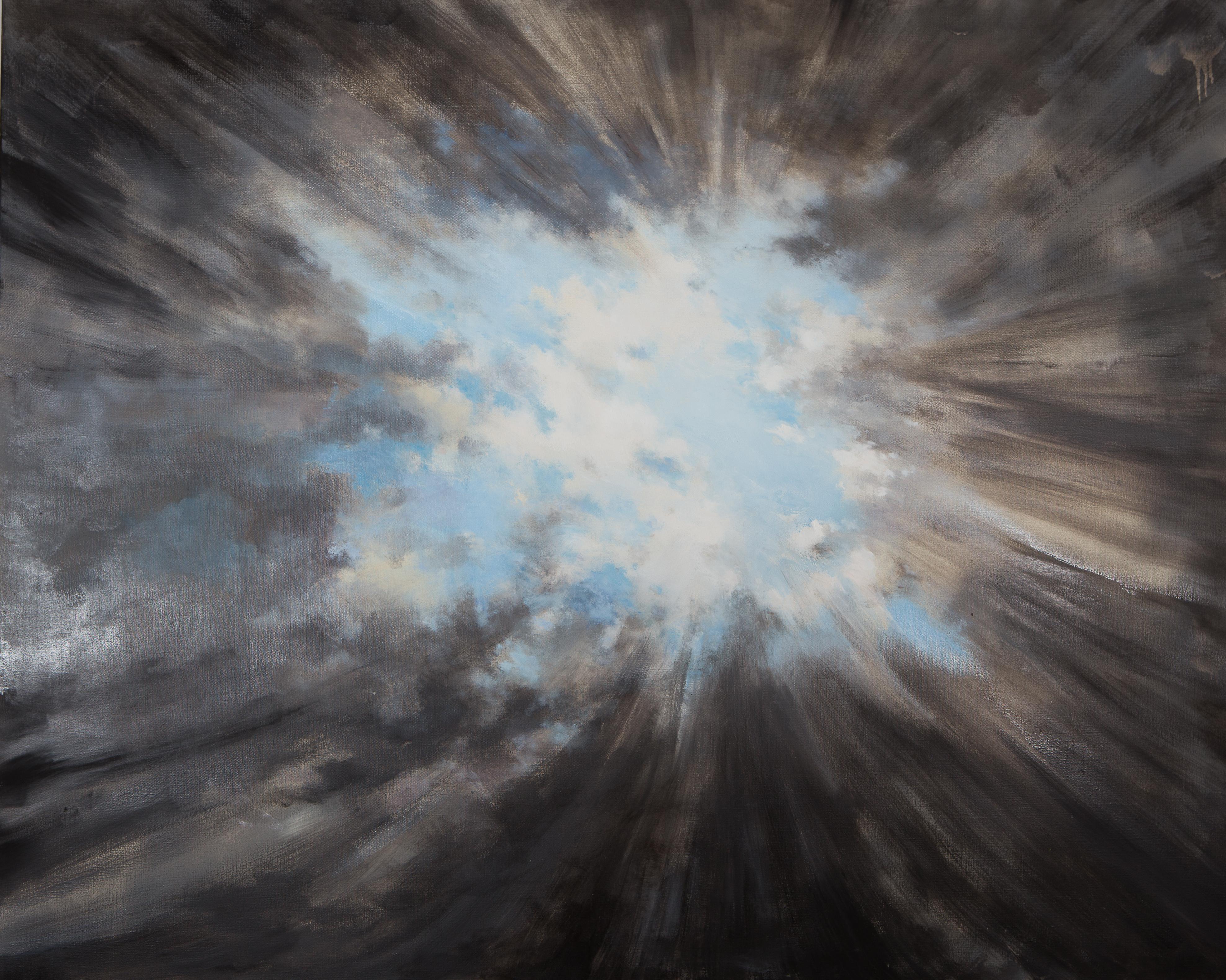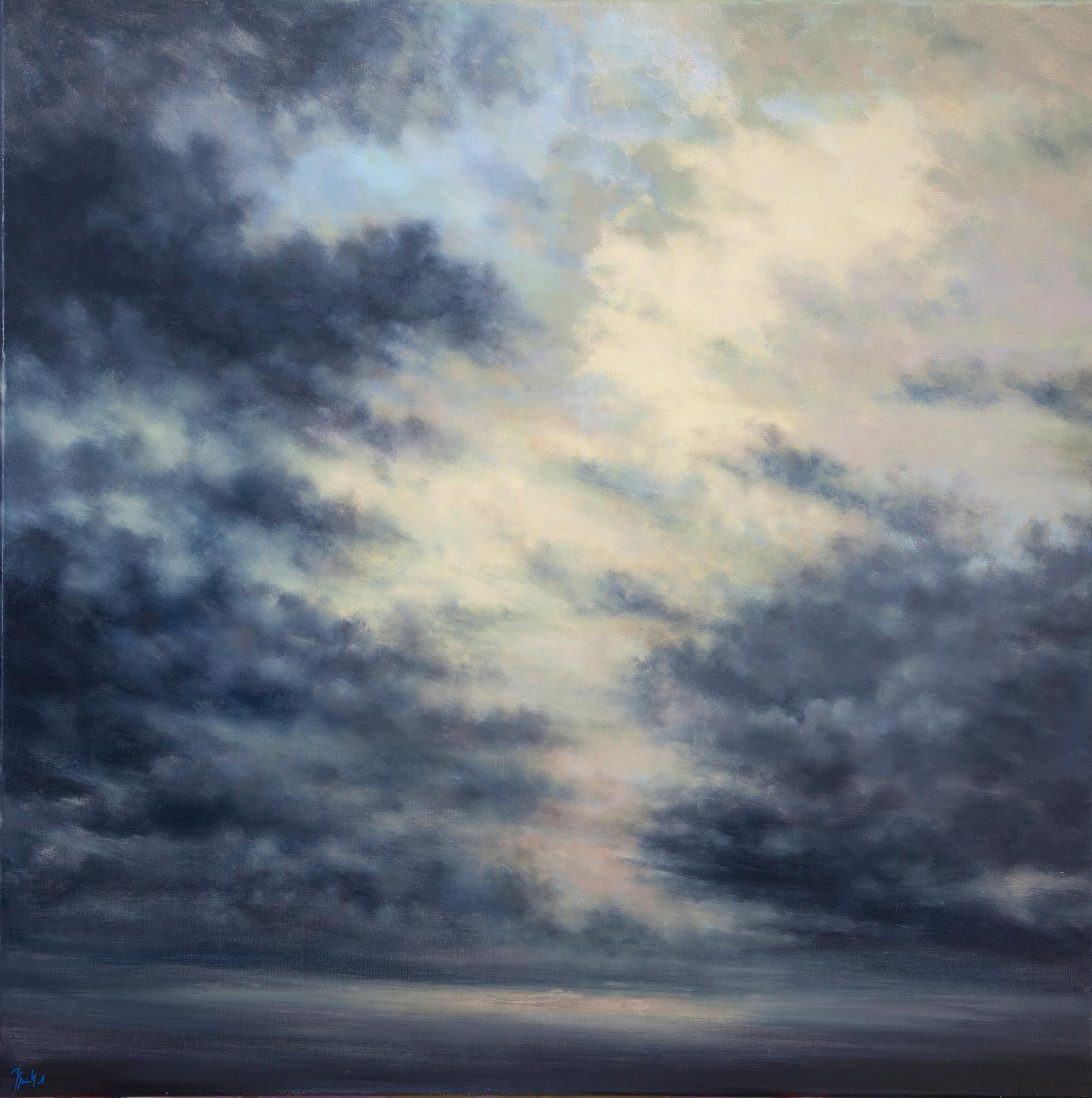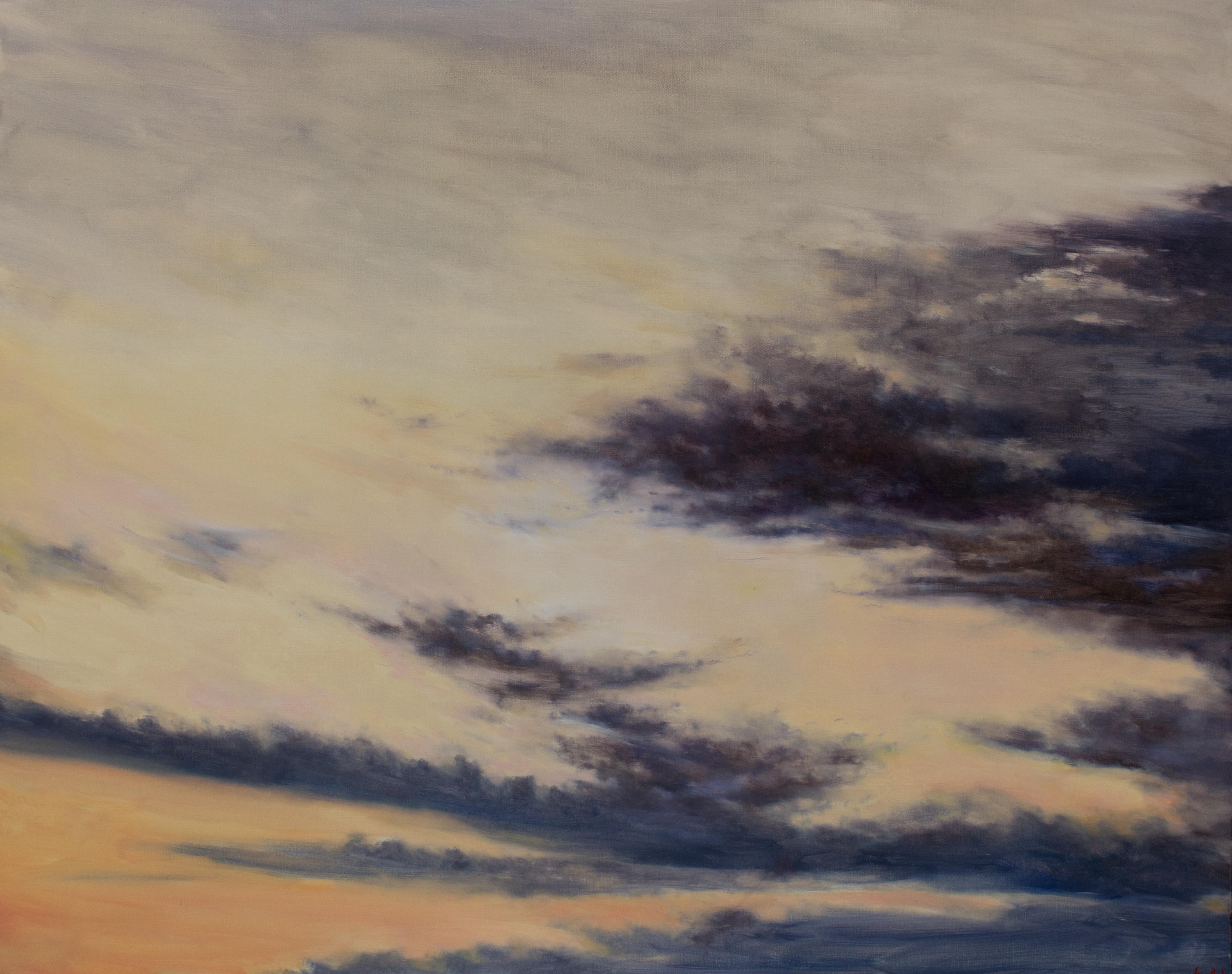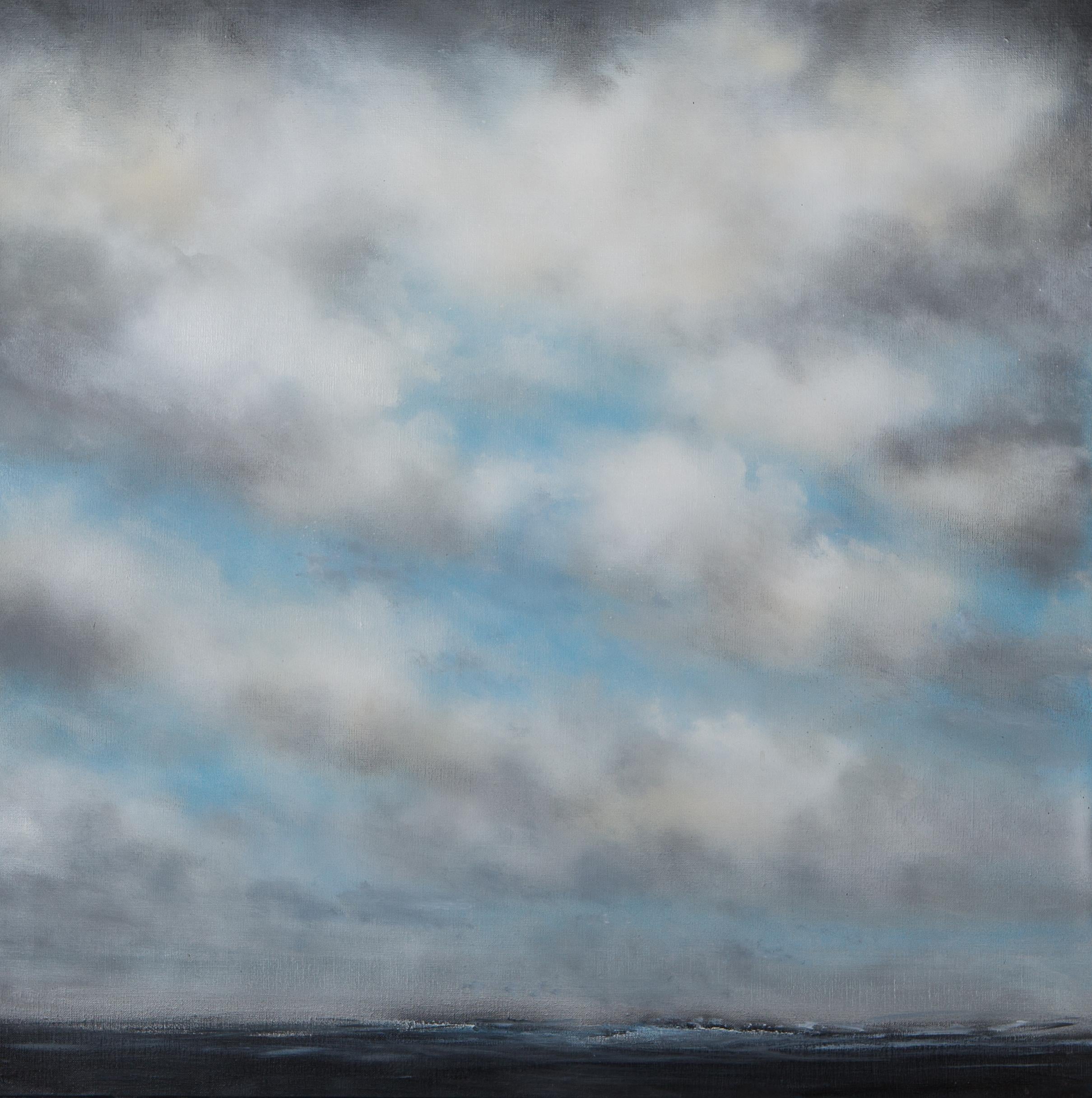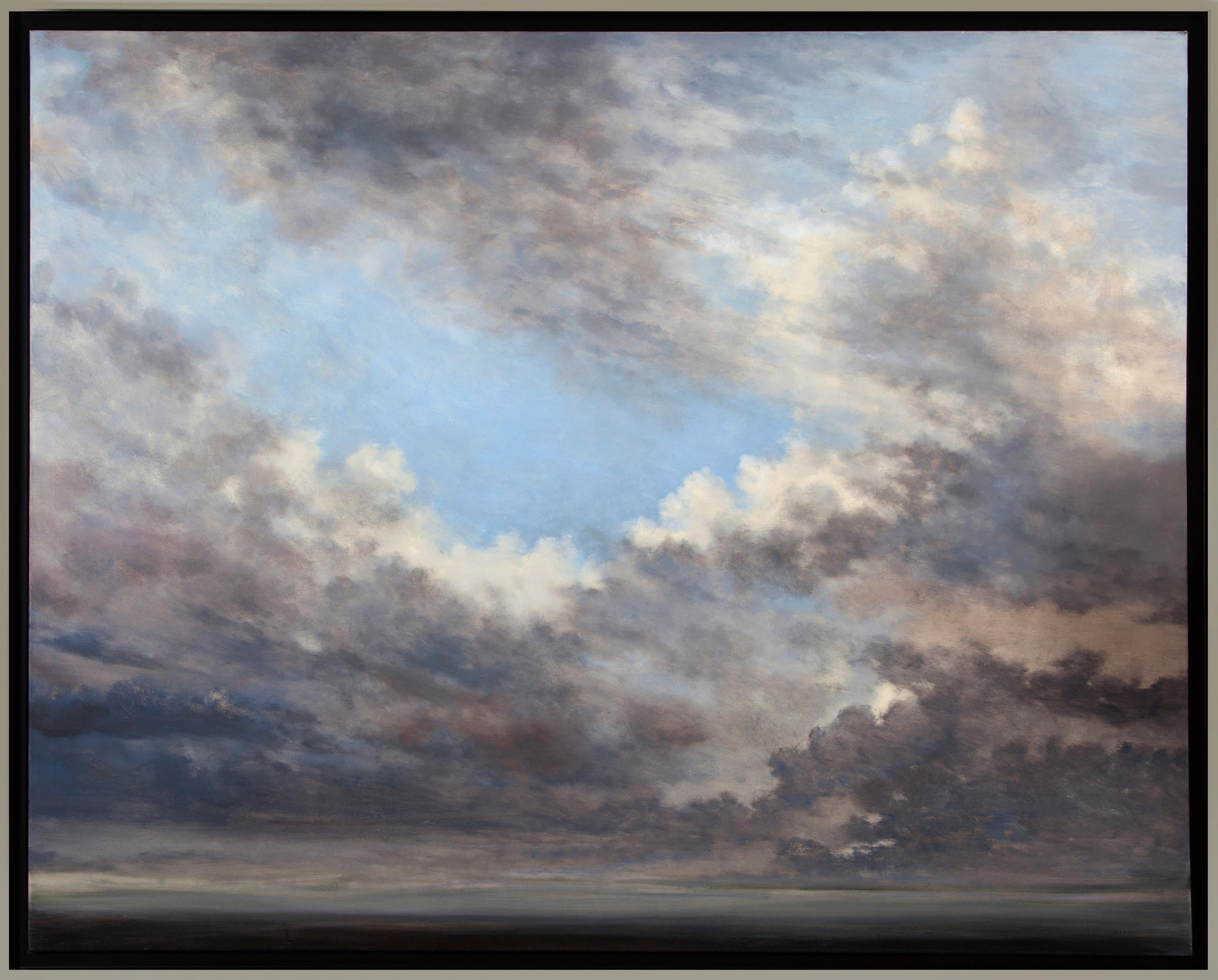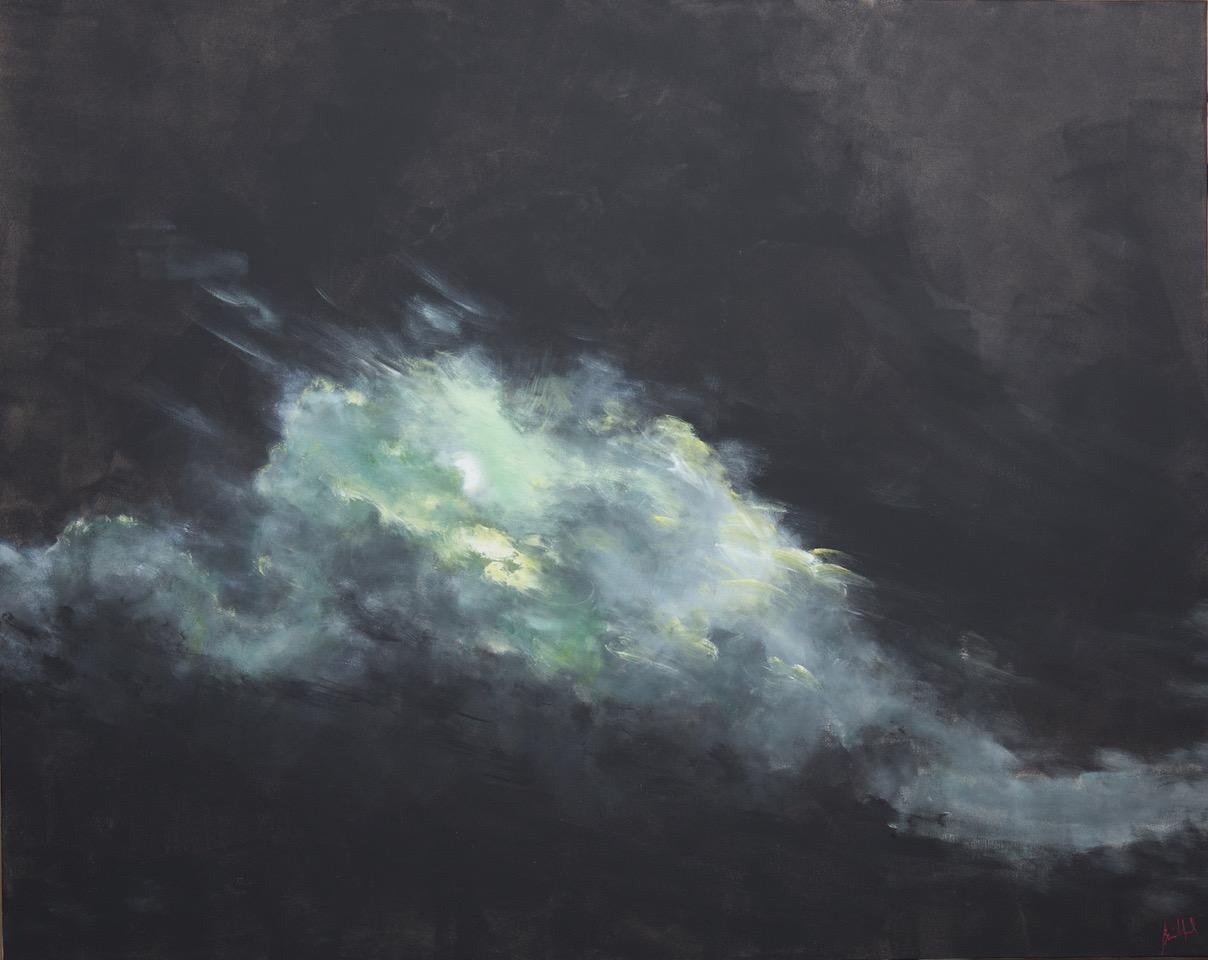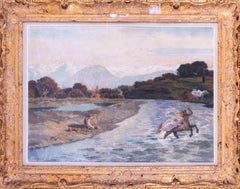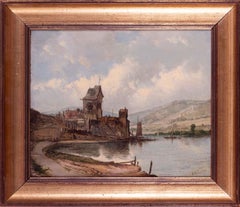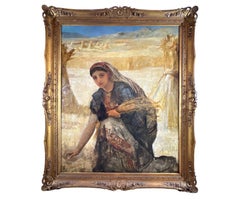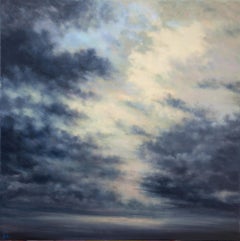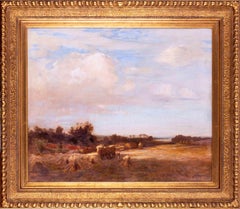
1909 Royal Academy painting of harvesting before the coast by Ferguson
View Similar Items
Want more images or videos?
Request additional images or videos from the seller
1 of 13
William Ferguson1909 Royal Academy painting of harvesting before the coast by Ferguson1909
1909
About the Item
- Creator:William Ferguson (British)
- Creation Year:1909
- Dimensions:Height: 20 in (50.8 cm)Width: 24 in (60.96 cm)Depth: 1 in (2.54 cm)
- Medium:
- Movement & Style:
- Period:
- Condition:oil on canvas, not relined. Paint surface in good order with some impasto. Possible varnish discolouration and a few very minor retouches. In good overall condition. In a giltwood frame with some foliate ornament and beaded inner section.
- Gallery Location:Petworth, GB
- Reference Number:1stDibs: LU54039008202
About the Seller
4.9
Platinum Seller
These expertly vetted sellers are 1stDibs' most experienced sellers and are rated highest by our customers.
Established in 2010
1stDibs seller since 2017
226 sales on 1stDibs
Typical response time: 2 hours
More From This SellerView All
- French 19th Century oil painting of The rescue of Deianara by Emile MenardLocated in Petworth, West SussexEmile Rene Menard (French, 1862-1930) L`enlevement de Dejanira (The rescue of Deianara) Oil on canvas Signed `E R Menard’ (lower left) and inscribed with t...Category
19th Century Academic Landscape Paintings
MaterialsCanvas, Oil
- British 19th Century oil painting of a mill at the riverside by Alfred VickersLocated in Petworth, West SussexAlfred H. Vickers (British, 1853-1907) A Mill at the Riverside Oil on canvas Signed, ‘A.H Vickers.’ (lower right) 10 x 12 1/8 in. (25.5 x 31 cm.)Category
19th Century Academic Landscape Paintings
MaterialsOil, Canvas
- Large oil paintings of Gulls at St. Ives bay, Cornwall by British artist TitcombLocated in Petworth, West SussexWilliam Holt Yates Titcomb (British, 1858 – 1930) Gulls at St. Ives bay Oil on canvas Signed ‘W. H. Y. TITCOMB’ (lower right) 34 x 44 in. (86.3 x 111.8 cm.) Frame measurements: 110.3 x 136 cm.) William Holt Yates Titcomb (1858 - 1930) was an English artist. He was a figurative oil painter, particularly known for his depictions of the Cornish fisherfolk. Titcomb was born in Cambridge, the eighth child and first son of the Rev. Jonathan Holt Titcomb and his wife Sarah. He was educated at Westminster School in London and began his art training at the South Kensington School. His father was appointed the first Bishop of Rangoon, Burma in 1877 and Titcomb joined him there in December 1880. In Burma he made a series of paintings and sketches of life in the local monasteries. Titcomb was taught in Paris by Gustave Boulanger and at the Royal College of Art in Antwerp by Charles Verlat. He married Jessie Ada Morison, in 1892. She was also an artist, living at the time in St. Ives, Cornwall. His painting Primitive Methodists at Prayer, was displayed at the Dudley Museum and Art Gallery in 1889. It won many international medals and was the first of three paintings that Titcomb completed of the Primitive Methodist congregation of Fore street, St. Ives. In 1909, Titcomb settled in Bristol, where he was already an elected Academician of the Bristol Academy...Category
Early 20th Century Academic Animal Paintings
MaterialsCanvas, Oil
- 19th C. German painting of figures at a waterfall in the manner of FriedrichLocated in Petworth, West SussexA very romantic and detailed painting of figures enjoying the views of a waterfall in summertime, Europe Circle of Caspar David Friedrich (Germ...Category
19th Century Academic Figurative Paintings
MaterialsCanvas, Paper, Oil
- 19th Century female artist Antonietta Brandeism Piazza San Marco, VeniceBy Antonietta BrandeisLocated in Petworth, West SussexAntonietta Brandeis (Czech / Italian, 1848 – 1926) Piazza San Marco, Venice Oil on panel Inscribed with studio stamp on the reverse 8.1/4 x 4.3/4 in. (21 x 12.1 cm.) Born in the small Bohemian village of Miskowitz on January 13, 1848, Antonietta Brandeis lost her father at an early age, and probably then moved north to Prague with her widowed mother. At some point in the 1860s, she began studying painting with the Czech artist Karel Javůrek (1815-1909). Although nothing is known about the Brandeis family finances during this period, it would have been unusual for a bourgeois young woman to study painting in any serious fashion; this suggests that perhaps Antonietta’s mother was hoping to provide a marketable skill for her daughter in the world of fine art. During the 1850s-and 1860s, Prague was the center of the Czech National Revival, a cultural movement whose purpose was the rejuvenation of the Czech language as well as the reclamation of a uniquely Czech identity after centuries under the domination of the Hapsburg Empire. Brandeis’s instructor Javůrek seems to have sympathized with this movement, creating history paintings based on Czech–rather than Hapsburg–moments of significance. Brandeis studied with Javůrek for a brief period, undoubtedly learning the basics of academic painting. It is likely that he also introduced her to the artistic ideas then current in Belgium and France, having studied himself with Gustave Wappers at the Royal Academy of Fine Arts in Antwerp and with Thomas Couture at the Ecole des Beaux-Arts in Paris. This exposure to European Romanticism and Realism would have offered the young Brandeis a sophisticated understanding of contemporary aesthetic issues. In the late 1860s, Brandeis left Prague and moved to Venice with her mother, who had married a Venetian gentleman. Once there, she enrolled in the Accademia di belle arti (Academy of Fine Arts) studying with Michelangelo Grigoletti, Domenico Bresolin, Napoleone Nani, and Pompeo Marino Molmenti, all of whom were mainstream academic painters. She graduated in 1872 with a number of honors to her credit, and a Premio award in landscape painting. According to the listing in the Atti della reale Accademia di belle arti in Venezia dell’anno 1872, Brandeis was one of only two women graduating that year, the other being Carolina Higgins, an English woman. The admission of women to officially sponsored fine arts academies in Europe and the US was rare in the 1870s, and enrollment in life classes where nude models posed was almost universally unacceptable for female students. The fact that Brandeis and Higgins seem to have been the only women at the Accademia in the early 1870s tends to suggest that they participated in the same classes as their male classmates. In fact, Brandeis is cited for an award in the “study of the nude”. After graduation, Brandeis began to establish a career as a landscape painter in Venice. In 1873, she showed four paintings at the annual November exposition at the Accademia; these included one portrait, two landscapes, and one vedute of the Grand Canal that was commissioned by an English woman. Although there is no record of who this English woman was, it is tempting to think that she may have been someone Brandeis met through her classmate Carolina Higgins. Over the next few decades, Brandeis seems to have exhibited regularly at the annual Accademia shows, but her primary focus was increasingly on painting Venetian scenes (vedute) that appealed to the always plentiful crowd of visitors to Venice. She specialized in relatively small scale paintings of landmarks in her adopted city, and gradually became part of a community of expatriate artists who shared this interest. Among her friends were the Peruvian artist Federico de Campo and many of the Spanish artists then living in Venice such as Mariano Fortuny, Martin Rico and Rafael Senet. It should be noted too that by the end of the nineteenth century, Venice had become a regular stop for any painter who was particularly fascinated with color and light. Some, like the Americans Walter Gay and John Singer Sargent, spent months or even years living there, and others simply made regular visits, such as Pierre-August Renoir and Claude Monet. However, nearly all painters who traveled through Europe made at least one journey to see Venice’s unique environment. More important for painters like Brandeis were the travelers who came as tourists and wanted a souvenir to take home with them. By the late nineteenth century the aristocratic tradition of the Grand Tour had been considerably democratized by the industrial revolution, which had not only created a newly wealthy merchant class, but had provided the railroad as a means of convenient travel across long distances. Venice was no longer the exotic province of the European aristocracy, but a city that lured bourgeois romantics from all over the world. Brandeis’s images of the city were especially popular with Austrian and English visitors. Brandeis also painted at least three known altarpieces, all for churches in what is today southern Croatia. In the late 1870s when she received the initial commission, the Dalmatian coast of Croatia had trading and cultural ties to Italy dating back to the Roman Empire; however, it was the region surrounding the Republic of Venice that was most influential in the nineteenth century. During this time, the new bishop of Split (Spoleto), Marko Kalogjera, was actively involved in building new churches in Croatia as well as updating the older ones, and it is likely that he was instrumental in hiring Venetian painters for a variety of commissions. In fact, Michelangelo Grigoletto, one of Brandeis’s instructors at the Accademia, had earlier received a commission for a painting in a parish church in the town of Vodice. Given the remote location, it is not surprising that Bishop Kalogjera would turn to Venice when hiring artists for major projects in the towns of Blato and Smokvici. The religious traditions of Venetian painting are clearly evident in Brandeis’s Madonna and Child with St. Vitus at the Church of St. Vitus in Blato. The composition is based on the tradition of the sacra conversazione (sacred conversation) between the Virgin Mary and the saints. In this image, Brandeis presents not only St. Vitus, but also a young man who is apparently suffering from one of the illnesses that the saint was known to cure. The large canvas is surrounded by architectural elements above the altar and creates a dramatic statement as worshippers look up at the elegant Madonna. Brandeis also created two paintings for the church of Our Lady of Carmel in the neighboring town of Smokvici. One features another sacra conversazione, this time with St. Lucia, St. Anthony of Padua and St. Roch. The other is an altarpiece showing the Presentation of Christ in the Temple. These three large scale paintings must have been started in 1879 or 1880 and probably finished several years later. Concurrent with the major altarpiece commissions, Brandeis continued to produce many vedute for travelers in Venice. She also made a number of trips to Florence, Bologna and Rome where she painted cityscapes of the architectural and urban scenes featuring classical and renaissance motifs. The popularity of her work was further enhanced by the production of chromolithographs of her paintings, probably beginning in the late 1880s or 1890s. She expanded her market even further in 1880 when she exhibited three paintings at the International Exposition in Melbourne. In her personal life, Antonietta married Antonio Zamboni on October 27, 1897; Zamboni was a knight of the Order of Saints Maurizio and Lazzaro, originally founded by the Duke of Savoy in 1572, but closely affiliated with the newly united Kingdom of Italy in the late nineteenth century. Brandeis’s enthusiasm for Venice seems to have waned somewhat by 1900 when she was quoted as saying that she was still “a foreigner” in Venice, and she no longer participated in any Italian exhibitions, but sent all of her paintings to London. [v] Brandeis’s early association with English collectors seems to have evolved into a relationship that served her well for many decades. Nonetheless, she remained in Venice until the death of her husband in 1909, at which time she moved to Florence. The full story of Antonietta Brandeis’s life remains unknown, but she seems to have been a woman who challenged social conventions on many levels: as a woman studying in an almost exclusively male academy...Category
19th Century Academic Landscape Paintings
MaterialsOil, Panel
- 19th Century Italian gouache painting of Mount Vesuvius and Naples, summertimeLocated in Petworth, West SussexA beautiful and naive painting of Naples from the sea in summertime from the 19th Century. The beautiful light blue tones of the sea highlight the architecture of Naples and Vesuvius beyond. Circle of Gioacchino La Pira...Category
19th Century Academic Landscape Paintings
MaterialsPaper, Gouache
You May Also Like
- Ruth in the fields of Pharaoh, 19th Century Large Antique Oil Painting on CanvasLocated in Jacksonville, FLThe Painting is signed bottom left side Provenance: Notes: This is the full scale version of Ruth in Pharoah's Fields exhibited at the Royal Academy (now lost). Exhibited at the Bristol Art Museum, Birmingham UK Private Collection, Detroit, MI Description: Sir Edwin Long (1829-1891) was a renowned British painter known for his historical and Orientalist artworks. Born in Bath, England, Long displayed exceptional artistic talent from an early age. He received formal training at the Royal Academy of Arts in London, where he honed his skills and developed his distinctive style. One of Long’s oil paintings...Category
19th Century Academic Figurative Paintings
MaterialsCanvas, Oil
- French Contemporary Art by Franck Bailleul - La Cathedrale EngloutieLocated in Paris, IDFArtwork located in Los Angeles, USA. Franck Bailleul is a French painter born in 1964 who lives & works in Abbeville, Normandy, France. He has exhibited nationally as well as in th...Category
2010s Academic Landscape Paintings
MaterialsCanvas, Oil
- French Contemporary Art by Franck Bailleul - Amour CelesteLocated in Paris, IDFArtwork located in Los Angeles, USA. Franck Bailleul is a French painter born in 1964 who lives & works in Abbeville, Normandy, France. He has exhibited nationally as well as in th...Category
2010s Academic Landscape Paintings
MaterialsCanvas, Oil
- French Contemporary Art by Franck Bailleul - Les Marais de BlanchelandeLocated in Paris, IDFFranck Bailleul is a French painter born in 1964 who lives & works in Abbeville, Normandy, France. He has exhibited nationally as well as in the United States and China. His works e...Category
2010s Academic Landscape Paintings
MaterialsCanvas, Oil
- French Contemporary Art by Franck Bailleul - Au Fond l'EspoirLocated in Paris, IDFFranck Bailleul is a French painter born in 1964 who lives & works in Abbeville, Normandy, France. He has exhibited nationally as well as in the United States and China. His works e...Category
2010s Academic Landscape Paintings
MaterialsCanvas, Oil
- French Contemporary Art by Franck Bailleul - Colleville sur Mer en HiverLocated in Paris, IDFFranck Bailleul is a French painter born in 1964 who lives & works in Abbeville, Normandy, France. He has exhibited nationally as well as in the United States and China. His works e...Category
2010s Academic Landscape Paintings
MaterialsCanvas, Oil
Recently Viewed
View AllMore Ways To Browse
Antique Ferguson
Francis The First Silver
Beach Tower
American Barbizon
Oil Painting Trees 1970
Original Painting Signed Miles
Antique School House Light
Tokyo Poster
Rochelle Landscape
White Landscape Door
Pink Purple Impressionist
Light Sail
Water Mill Landscapes
Watercolor Easel
Woods Cove
Horse Boat
Low Country Painting
Ecole Des Beaux Arts Architectural Paintings
